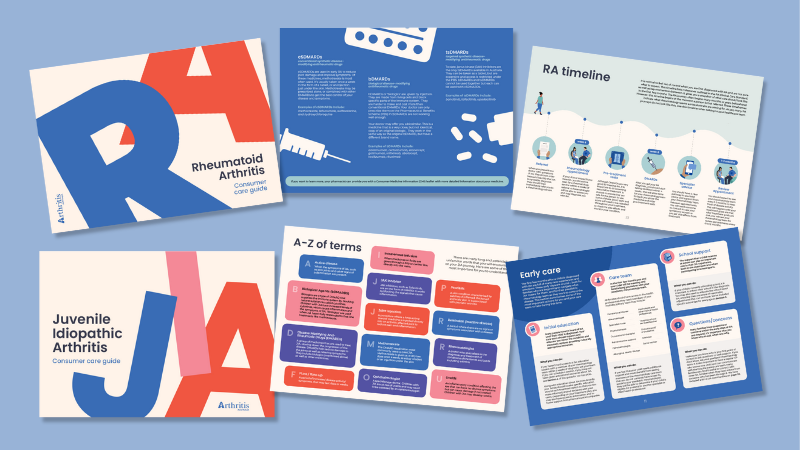

29 June is World Scleroderma Day. It began in Italy in 2010 and has since grown to a global initiative aimed at spreading awareness about the condition and how it affects people. It also aims to help improve access to timely and quality care in health systems that are severely under-resourced in this area.
What is Scleroderma?
Like other autoimmune conditions, scleroderma is believed to be caused by an overactive immune system. It occurs when too much collagen is produced within the connective tissues that bind cells into various body parts — especially the skin, but also internal organs, muscles, tendons and joints — causing them to thicken and harden over time.
As the affected tissue hardens, it ceases to function effectively. For example, the lungs may become hard and brittle or nutrients may struggle to pass through the walls of the digestive system.
The exact cause of scleroderma is unknown, although there are many factors that may contribute to its development. It is not hereditary, contagious, cancerous or infectious.
Types of Scleroderma
Scleroderma can be divided into two main categories; localised and systemic (widespread). It can also vary in severity, with the majority of sufferers having a mild to moderate form. Although rare, severe forms of scleroderma can be life-threatening as internal systems fail. The most common factors leading to death include malnutrition or lung or heart failure.
Who Gets Affected By Scleroderma?
According to Scleroderma Australia, there are estimated to be over 5,000 Australians with the condition. It affects all ages (including children) across most racial groups and the peak incidence is around 40 to 60 years. Roughly three to four times more women than men have scleroderma.
How Arthritis and Scleroderma Are Connected
Scleroderma is classed as a rheumatic disease and is generally treated by rheumatologists.
Although scleroderma is not a type of arthritis, arthritic symptoms can occur as a result of scleroderma. If joints are affected, they can become stiff, inflamed or tender. Early on, the smaller joints in the hands or feet may be affected, possibly with some calcification occurring. However, joint erosions are unlikely.
Occasionally a more severe joint swelling and inflammation can occur resembling rheumatoid arthritis. In more advanced cases, the hardened surrounding tissue may contract and restrict the range of joint movement or the end bones of the fingers may become partly reabsorbed.
In most cases, the condition can be managed with a wide range of medical and complementary therapies, including some treatments used for arthritis. There is no “one size fits all” treatment, so it is important for those affected to discuss their options with their treating doctor.
How You Can Help Spread Awareness of Scleroderma
- Share this CreakyJoints Australia article on social media as far and wide as you can
- Visit the World Scleroderma Day website and participate in their global awareness campaign #ScleroSmile




